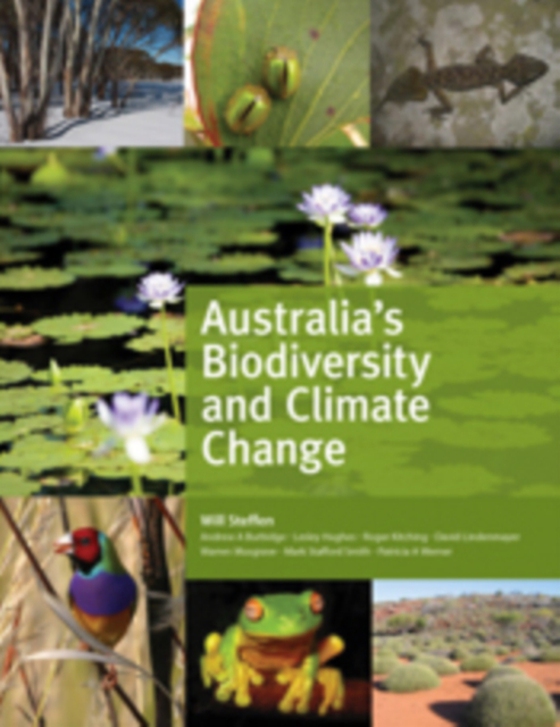
Australia's Biodiversity and Climate Change e-bog
436,85 DKK
(inkl. moms 546,06 DKK)
Australia's unique biodiversity is under threat from a rapidly changing climate. The effects of climate change are already discernible at all levels of biodiversity - genes, species, communities and ecosystems. Many of Australia's most valued and iconic natural areas - the Great Barrier Reef, south-western Australia, the Kakadu wetlands and the Australian Alps - are among the most vulnerable. B...
E-bog
436,85 DKK
Forlag
CSIRO PUBLISHING
Udgivet
10 december 2009
Længde
248 sider
Genrer
Biodiversity
Sprog
English
Format
pdf
Beskyttelse
LCP
ISBN
9780643098190
Australia's unique biodiversity is under threat from a rapidly changing climate. The effects of climate change are already discernible at all levels of biodiversity - genes, species, communities and ecosystems. Many of Australia's most valued and iconic natural areas - the Great Barrier Reef, south-western Australia, the Kakadu wetlands and the Australian Alps - are among the most vulnerable. But much more is at stake than saving iconic species or ecosystems. Australia's biodiversity is fundamental to the country's national identity, economy and quality of life. In the face of uncertainty about specific climate scenarios, ecological and management principles provide a sound basis for maximising opportunities for species to adapt, communities to reorganise and ecosystems to transform while maintaining basic functions critical to human society. This innovative approach to biodiversity conservation under a changing climate leads to new challenges for management, policy development and institutional design. This book explores these challenges, building on a detailed analysis of the interactions between a changing climate and Australia's rich but threatened biodiversity. Australia's Biodiversity and Climate Change is an important reference for policy makers, researchers, educators, students, journalists, environmental and conservation NGOs, NRM managers, and private landholders with an interest in biodiversity conservation in a rapidly changing world.
 Dansk
Dansk

